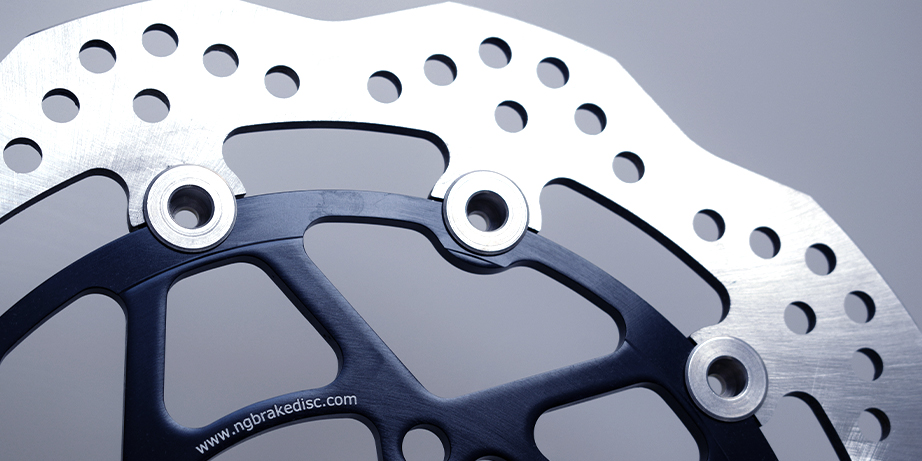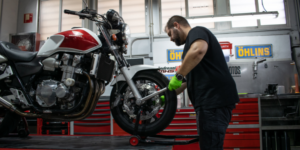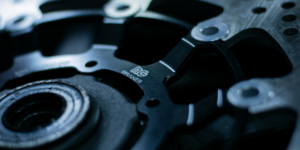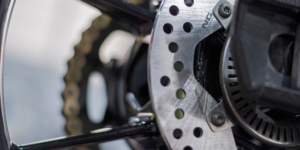One of the most frequently asked questions among motorcyclists who have only been riding for a short time is: what is the difference between fixed and floatiNG Brakess?
Let’s take it one step at a time. Fixed brake discs are those that are directly fixed to the centre of the rim, normally used on the rear wheel of current motorbike models.
In the floatiNG Brakess, the braking track is fixed to a “spider” or central core that fulfils two functions. One of these is to secure the braking track with the disc, and the other is to fix it to the rim. We explain this in this article, which you can read here.
The fixing between the spider and the disc brake track is done by means of safety bolts, which if we manipulate them we will see that they have a certain clearance. This axial and radial clearance is used to absorb misalignment when the brake pads are clamped, allowing for correct alignment when braking. On the other hand, in the braking process, the disc reaches high temperatures, which expand the floatiNG Brakess. The clamping bolts give it the necessary play to adapt to the expansion. These movements contribute to a better adaptation and efficiency of the braking in spite of the high temperatures reached.
All brake discs have a life span determined by their wear and tear, and is marked on each one with a minimum thickness. In this link you have the details.
When replacing a disc, it is best to measure it with a micrometer or Palmer screw. Micrometers adhere to the Abbe principle, allowing them to make more accurate measurements. Otherwise, the calibre or caliper is also useful, although it is not exact.
We recommend that you measure the thickness of the disc at every pad change to control wear and tear and be ready to change. Another tip is to mount the same type of pad, whether organic, semi-metallic, metal, carbon, ceramic, etc. throughout the life of the disc. Do not forget that the function of the holes in the brake track is to cool and clean the residues of the brake pads. Therefore, you should be aware that as well as the pads, discs also wear out and need to be replaced once they have reached the limit of their recommended life span.
If you are looking for the disc that your bike has, here you can see its details and reference.







